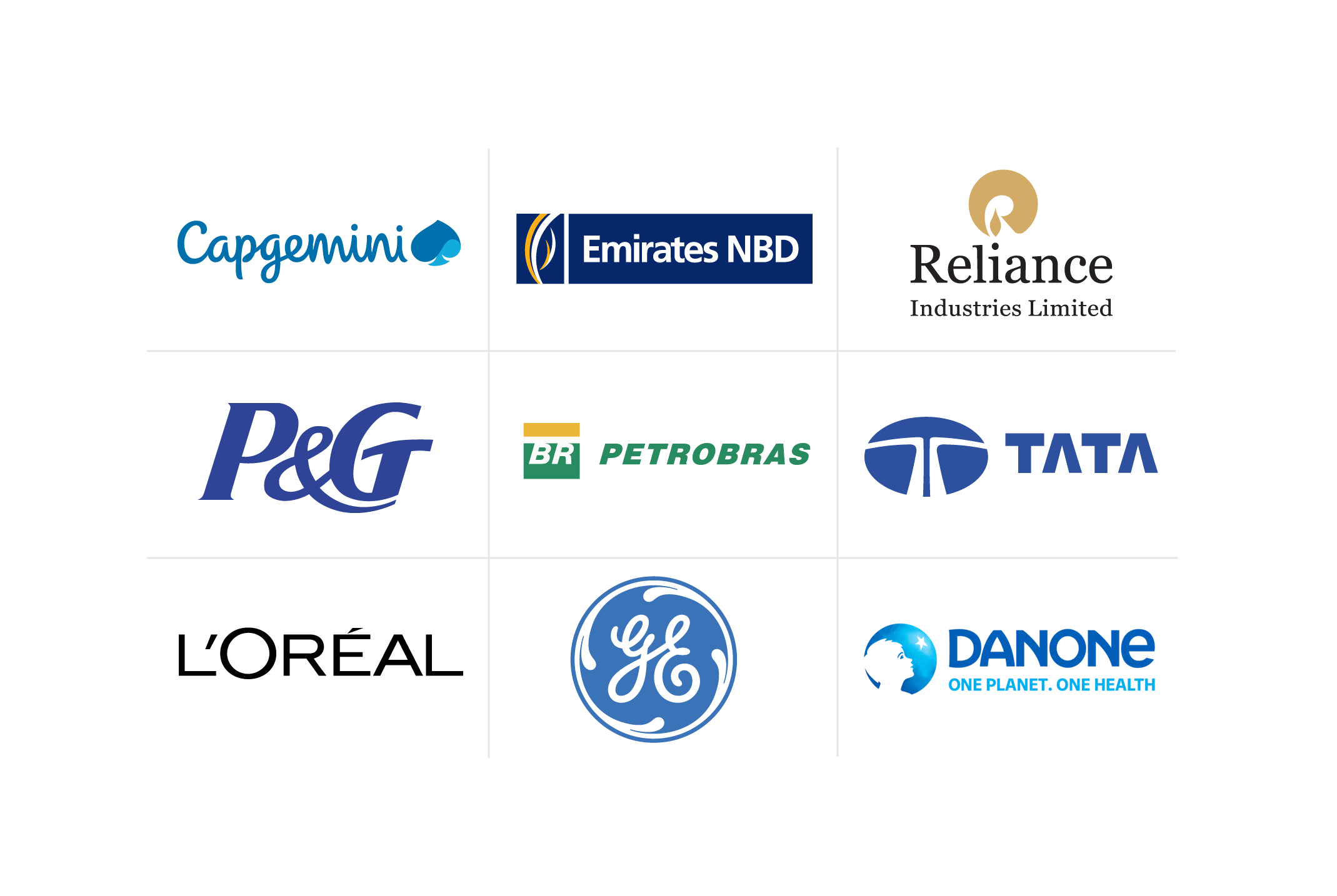Internal Mobility: Your 2026 Guide
Learn how internal mobility can contribute to increased employee engagement and retention.
![[Featured Image] Two women have a conversation in an office conference room.](https://d3njjcbhbojbot.cloudfront.net/api/utilities/v1/imageproxy/https://images.ctfassets.net/2pudprfttvy6/2uRTVBuqa7Z5sQKEqYZIgW/6778aac309f3bfac9a81a87caaa8b361/GettyImages-1319571139.jpg?w=1500&h=680&q=60&fit=fill&f=faces&fm=jpg&fl=progressive&auto=format%2Ccompress&dpr=1&w=1000)
Internal mobility wields a notable influence on organizational efficiency and corporate success.
According to one 10-year study, for example, companies in the top 10 percent of "high-performance work systems" appointed over 60 percent of their job roles from their internal talent pool, achieving a four-fold surge in sales per employee [1]. Conversely, the lowest-performing 10 percent of businesses filled only 35 percent of job openings through internal promotions [1].
Interested in unlocking these gains for your workforce? Read on to learn about internal mobility, including its definition, implementation strategies, benefits, and real-world examples.
What is internal mobility?
Internal mobility is when skilled employees advance vertically or laterally within an organization to assume more appealing roles, seize advancement opportunities, or embark on career transitions.
Internal mobility (or "internal hiring") is a prevalent practice in a wide variety of organizations, including both corporate firms and government agencies. The US General Services Administration (GSA), for example, outlines two primary paths for internal mobility within its organization: reassignment and details [2]. A reassignment denotes a lateral transition to a new Technology Transformation Services (TTS) office within the same GS level, while a detail entails a temporary placement in an alternative role within a different organization or business unit.
An organization might foster internal mobility for many reasons, including retaining talent, reducing hiring costs, and improving job satisfaction and productivity.

Internal recruitment paths
Internal mobility practices can vary among firms. Below are a few fundamental approaches to internal recruitment that you might consider implementing in your organization:
Promotions involve elevating existing employees to higher-level positions within your organization.
Transfers help you move employees laterally within the organization, often to different departments, teams, or locations.
Employee referrals encourage your current employees to refer potential candidates from their personal and professional networks.
Temporary-to-permanent transitions involve converting contract roles to full-time positions.
Benefits of implementing internal mobility
Encouraging team members to explore varied roles within your organization can yield multiple advantages. Here are a few notable benefits of internal hiring to keep in mind as you're exploring ways to implement it in your place of work:
1. Increased employee retention
Fostering a culture of internal mobility often leads to prolonged employee tenure. According to LinkedIn’s 2023 Future of Recruiting report, employees at companies with internal mobility stay at their organization 60 percent longer than those working at organizations without it [3]. The resulting increase in retention reduces turnover rates, potentially leading to cost savings in recruitment expenses.
2. Heightened employee morale
By offering opportunities for your team members to take on different responsibilities and progress within the organization, you demonstrate appreciation for their contributions, which can contribute to a happier work environment. Boosted morale may also lead to improved productivity.
3. Reduced risk factors
Hiring new employees, particularly for critical roles, inherently carries some risk. However, by retaining talent already embedded in your organization, you mitigate potential risks associated with unfamiliarity.
4. Faster onboarding
One of the immediate benefits of internal hiring is the expedited onboarding process. Internal candidates are already familiar with your company's systems, processes, and workflows, reducing the time and effort required for training.
How to optimize internal mobility
Strategic planning is key to achieving an impactful internal mobility initiative. Here are four essential practices to take into consideration as you're developing your internal mobility process:
1. Secure leadership support.
Internal mobility has far-reaching implications for human resources (HR), recruitment, and talent management, which is why the active endorsement of top leadership is critical. Prioritizing internal mobility can send a powerful message to your workforce about your organization's commitment to encouraging employee growth.
2. Set up roles to supervise internal hiring.
Allocating selected HR positions for internal hiring can catalyze a more targeted and efficient internal talent search. Just as external recruiters scout the labor market for specialized skills, internal recruiters can help you identify and harness the untapped potential of your existing workforce.
3. Revise company policies.
Review your current HR policies to ensure they facilitate, rather than hinder, employees' pursuit of internal transitions. Barriers may stem from notification requirements, procedural delays, or communication protocols that inadvertently slow down the internal mobility process.
4. Enforce cross-training.
Cross-training your employees can boost mobility across departments and roles. This strategy helps equip employees with the skills and knowledge needed to excel in diverse positions rather than pigeonholing them in one type of job. When opportunities arise, you'll have a workforce ready to step into new roles, reducing the time, effort, and cost required for recruitment and onboarding.
Internal mobility examples: Practices from real-world organizations
Given the perks of hiring internally, mobility within multinational corporations isn’t uncommon. Here are two examples from the real world to know:
Uber
Uber has an internal “Gig” platform allowing employees to venture into new domains, test different roles, and strategize their career paths within the organization. Essentially, Gig projects enable employees to take on short-term assignments and projects with diverse teams within Uber by committing a modest portion of their time, 15 percent, for up to three months [4].
The platform’s outcomes have been outstanding, as Jonathan Reyes, Uber's director of global talent acquisition operations, attested in a LinkedIn’s Forward event in 2022. “Over the last couple of years, our internal mobility numbers have scaled up over 120 percent,” Reyes commented [5].
Amazon
Amazon has embarked on notable endeavors to bolster employee upskilling. As a primary move, the firm has allocated $1.2 billion to deliver complimentary education and skills training opportunities to more than 300,000 employees within the United States by 2025 [6]. This initiative aims to facilitate employees’ transition into new, high-growth job roles.
Additionally, the company is providing free cloud computing skills training to a global audience of 29 million individuals through its public programs.
Support internal mobility with Coursera.
With Career Academy from Coursera, you can attract frontline talent, support internal mobility, and prepare workers for in-demand digital jobs. Featuring a curated catalog of guided tutorials and projects focused on high-value digital skills and tools, Career Academy offers competitive career development opportunities with training programs from industry leaders like Google, Salesforce, Intuit, Meta, and Ashok Leyland, among many others.
Article sources
Oracle. "Major HR in the Cloud, https://www.oracle.com/us/media1/talent-mobility-point-of-action-1720584.pdf." Accessed June 12, 2024.
This content has been made available for informational purposes only. Learners are advised to conduct additional research to ensure that courses and other credentials pursued meet their personal, professional, and financial goals.


